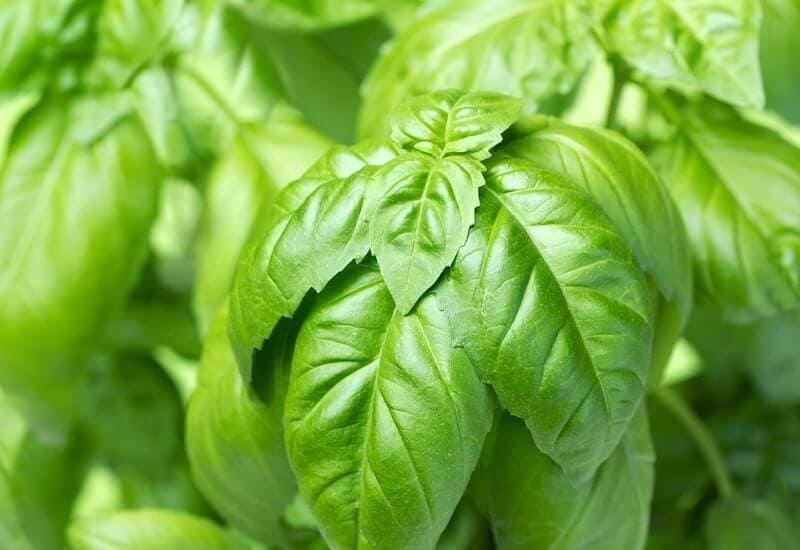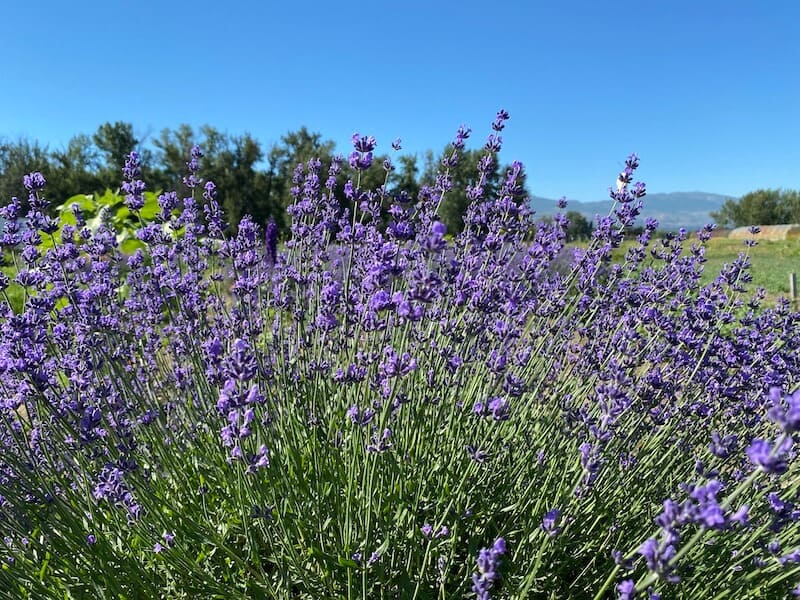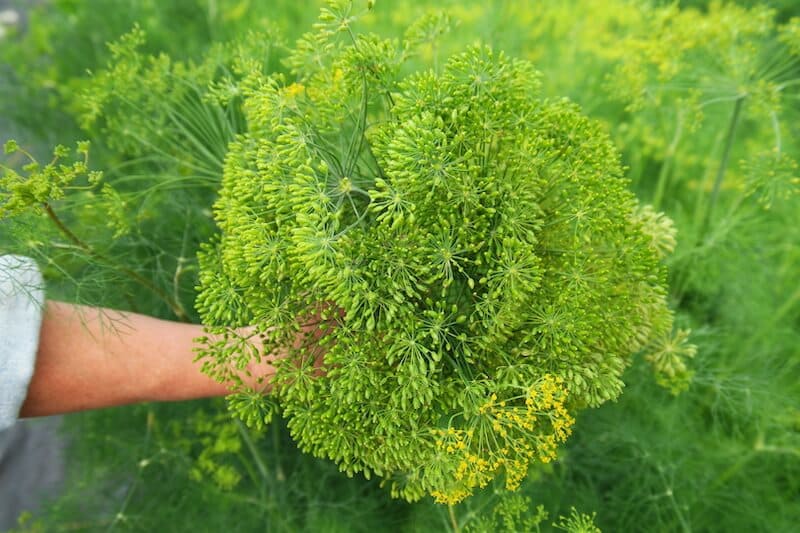
Growing herbs as a commercial cash crop is dominated by California growers running sophisticated, machined agricultural operations for the wholesale market. Like other mechanized agricultural operation that grow flowers, herbs are grown in furrowed fields, where plants are watered by irrigation trenches. Considering the water scarcity issue that California currently faces, trench irrigation may become a thing of the past and herb production may be curtailed, which presents an opportunity to grow herbs with smaller land operations and use more efficient irrigation.
Given the water challenges that herb growing faces and the rise in price for fresh produce, urban farmers should consider growing medicinal herbs. One of the largest obstacles to growing herbs is the across the board of approved chemicals to ward off pests and disease, due to the fact that herbs are consumed as a whole leaf product. This presents yet another opportunity for a grower to grow organically and use new technologies for pest control.
One of these technologies has been developed by Crop Circle Farms ®. A feature of this technology is to grow herbs in geometric patterns of varying shaped and sizes rather than in trenched parallel rows. One advantage is nutrient concentration delivered only to the root of plants that creates a 90% efficiency rate for use of precious resources like water compared to rowed agriculture. Another is the building of a strong network of plants where their combined energy repels the majority of plant eating insects.
A ground cover protects soil, retains water, and provides a clean surface, creating a “food-safe” environment that satisfies government regulations for the washing of food on site before shipment. Besides growing fresh market herbs like basil, cilantro, mint and oregano, a Crop Circle Farm could grow medicinal plants like Echinacea, Lavender, and Chamomile. Culinary herbs are popular as well and include Garlic, Chives, and Dill.
Herb farmers may want to companion plant certain herbs with vegetables to ward off pests and help one plant grow another. Basil for example, is an excellent companion plants for peppers and carrots grow well with basil.

Medicinal plants, also known as medicine plants, are grown primarily for the cosmetic and pharmaceutical industries. The use of medicinal plants dates back thousands of years when tribal healers in North, Central and South America treated a variety of ailments that included headaches, heartburn, bites, rashes, and wounds. The Chinese herbal industry dates back thousands of years.
Common garden herbs are in use today: Echinacea in teas to lower anxiety, Lavender to lower blood pressure and Chamomile to cure insomnia. Compounds found in Foxglove have been used to fight heart disease for over 100 years. More than 80 different alkaloids have been isolated from the periwinkle plant to fight cancer and pressed oil from the marijuana plant is used to calm a variety of ailments.
Potency of a medicine plant depends on the health of the plant. Plants that are stressed by the environment, disease and pests devote much of their life energy just trying to survive and reproduce so are less potent. A root, leaf, flower, and seed that are of an inferior quality produce weak extracts that will do little to improve a person’s health.
In the natural environment, medicinal plants compete with other plants for nutrient and struggle to grow to their full potential. Scattered plant populations and damage caused by foraging animals make the hunt for quality medicinal plants in the wild a challenge.
On the farm, plants fare better from regular care and protection from animals. Medicinal herb farms grow high-density rows of plants that run parallel to one another. Typically, an overhead irrigation system waters the plants. Weed growth, pests and disease are common problems in this type of top-down irrigation environment. On a Crop Circle Farm, plants are watered under the plant canopy preventing a variety of waterborne diseases and enabling large leaf canopy development.
Traditional medicine requires a holistic approach to growing plants; an approach where plants are encouraged to grow in a natural environment by natural means. Warding off pests and disease with the use of man-made chemicals or growing herbs with liquid hydroponic solutions is counterproductive. As a commercial crop, quality medicinal plants are very expensive to produce using conventional farming methods, however the cost of herb production drops significantly when urban farmers grow herbs in Crop Circle Farm geometric configurations.

Invasive plants like mint should be plant in a pot, even on the farm to prevent overgrowth and reseeding everywhere on the farm. Containered mint constrains roots and as it becomes root bound it is unlikely to flower and seed.
Mugwart, also known as the dreaming herb, has been overlooked and almost forgotten by herbal enthusiasts. One of the most fascinating uses for mugwort is to stimulate lucid dreams- the type that feel very real and remember clearly when a person wakes up. It has been used for by native shamans and in dream therapy as a "visionary herb."
Herbs can be made to last for months by freezing them in cubes of ice. Once thawed, herbs will be as fresh as the day they were frozen, ready for a salad or ingredient in a favorite meat dish.
Lavender, basil, citronella-scented geraniums, and lemon balm repel mosquitoes and other flying insects.

Cannabis like any plant requires correct lighting and mix of nutrients to maximize yield. Growing Cannabis in a Crop Circe Farm Archimedean spiral increases growth, yield potential and decreases time to harvest.
Spiraling rows of plants permit unimpeded sun penetration, which accelerates plant growth and doubles bud development. Weed growth is eliminated by a black permeable ground cover, which serves as a heat sink that benefits plant growth.
A Crop Circle farm increases veg time by 20% (the time a plant spends in its vegetative state before flowering) encouraging the plant to grow larger and the bigger the plant, the more branches it will have to create multiple bud sites and bigger yields.